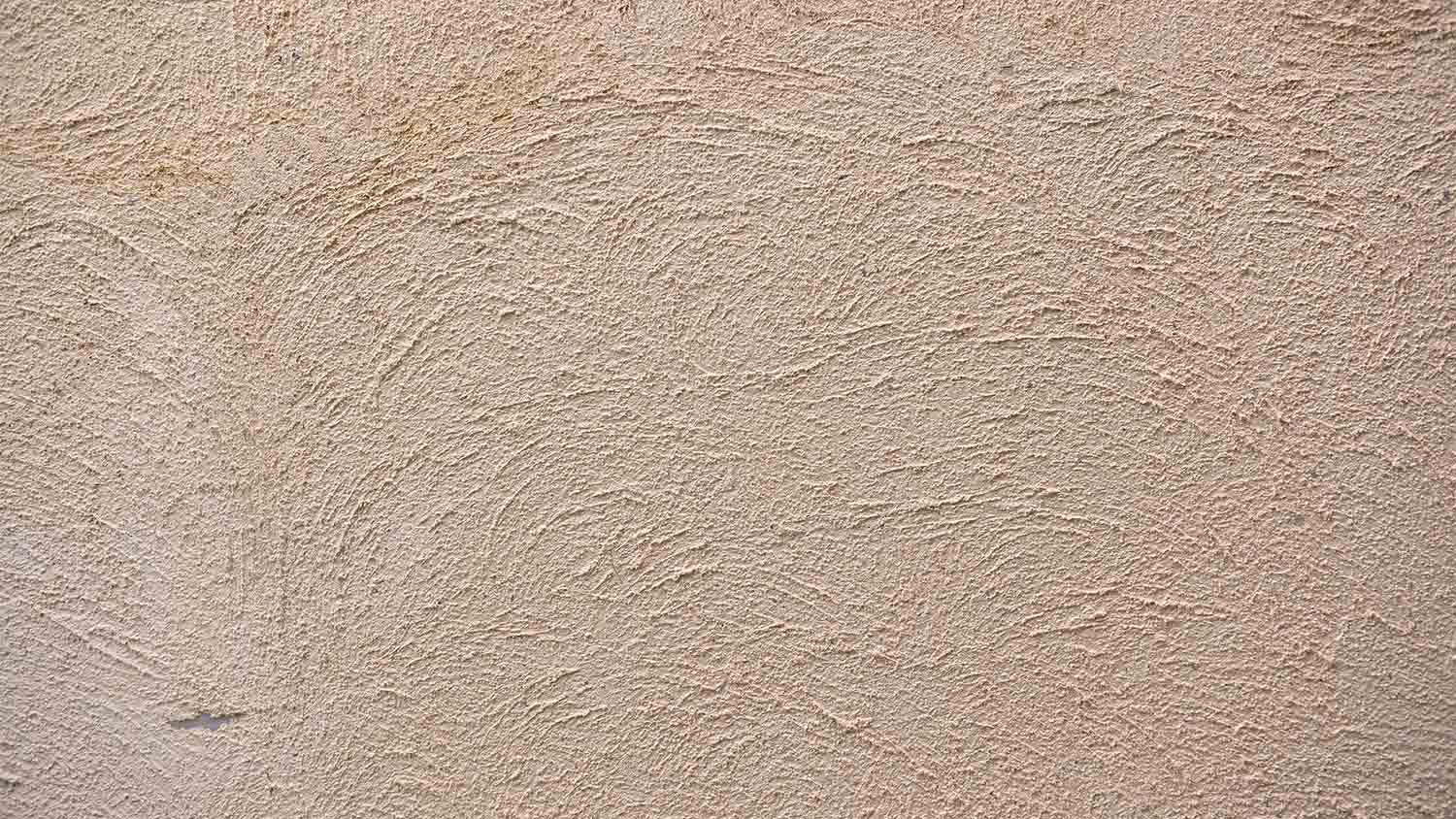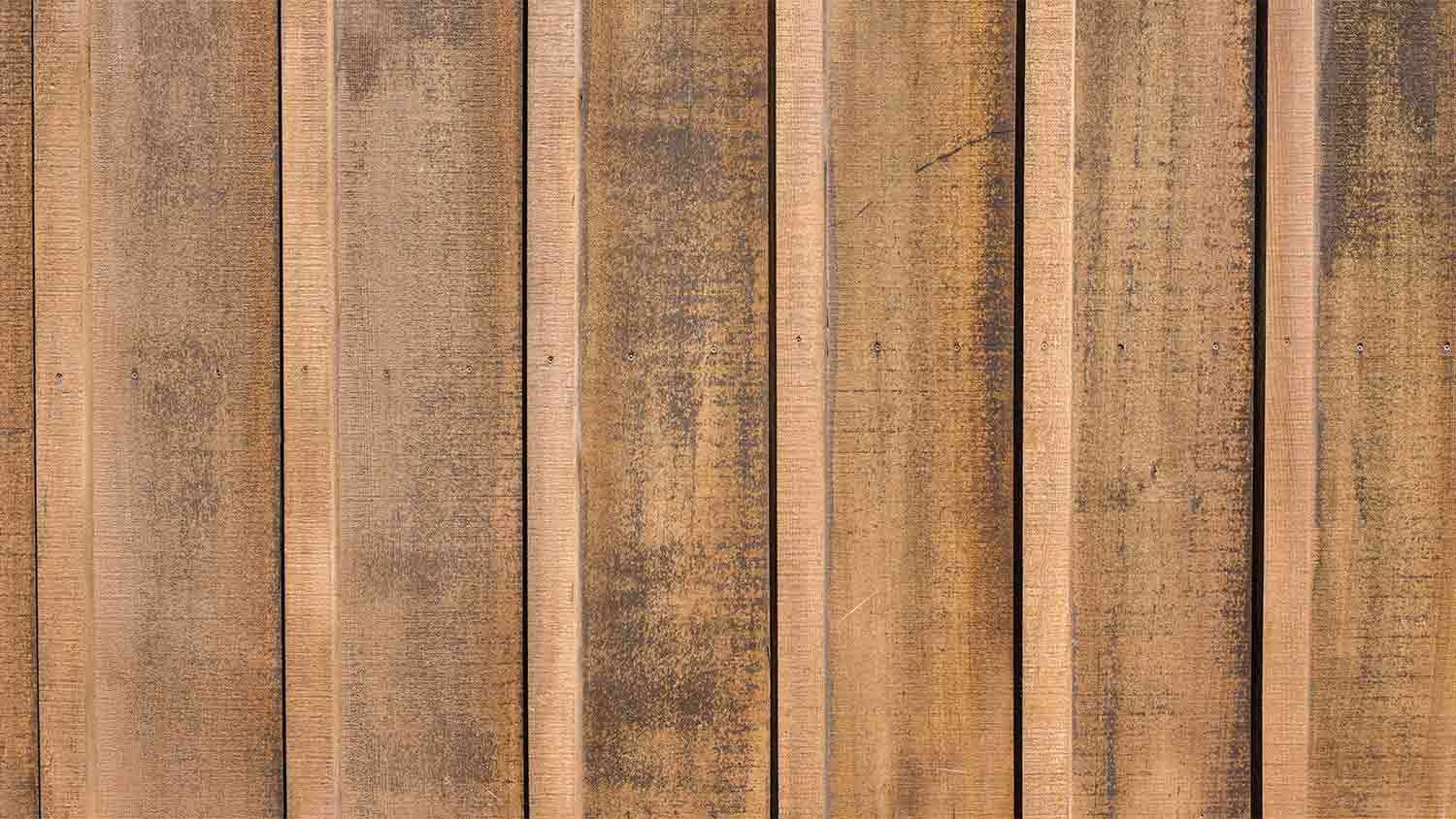10 Types of Cement Siding to Consider for Your Home
Cement siding can add durable charm to a home


When it comes to choosing the right siding for your home, there are various types of cement siding that are long-lasting and visually appealing options. With its strength, versatility, and low maintenance requirements, cement siding has gained popularity among homeowners. Let’s explore a few different types of cement siding while highlighting their pros and cons to help you make an informed decision for your home exterior.
1. Fiber Cement Siding

Fiber cement siding is a popular choice among homeowners due to its exceptional durability, versatility, and ability to mimic the look of natural wood. Made from a composite material comprising sand cellulose fibers, and cement, this type of siding offers outstanding resistance to rot, insects, and fire.
It provides long-lasting protection for your home's exterior while requiring minimal maintenance. Additionally, there are different types of fiber cement siding that come in a wide range of colors and finishes, allowing you to achieve the desired aesthetic for your home.

Pros:
Resistant to rot, insects, and fire
Low maintenance requirements, reducing the need for regular upkeep and painting
Can mimic the appearance of natural wood
Cons:
Fiber cement siding costs are generally higher compared to other siding options
Requires professional installation due to its weight and specific handling requirements
Heavier than other types of siding, which may require additional structural support
Cost: $6,616–$23,150
Best For:
Homeowners who want a low-maintenance siding that is resilient to fire and pests
2. Stucco Siding

Stucco siding is a popular choice for homeowners seeking a timeless and elegant look for their homes. It is a versatile option that adds texture and character to the exterior of the house. With its multiple layers of cement, sand, and water, stucco creates a durable and weather-resistant finish that can withstand various weather conditions. Not only does stucco offer excellent insulation properties, but its ability to adapt to different architectural styles and its long-lasting durability make it a sought-after choice for both warm and cold climates.
Pros:
Excellent durability and weather resistance
Energy-efficient material that provides insulation
Can withstand various weather conditions
Cons:
Prone to cracking over time
Requires professional installation and regular maintenance
Limited design flexibility compared to other types of siding materials
Cost: $2,195–$9,067
Best For:
Homeowners looking for siding that is long-lasting and that can withstand various weather conditions
3. Cement Board Siding

Cement board siding is a versatile option that combines strength and moisture resistance. It is made from a mixture of cement, sand, and cellulose fibers, which are compressed and formed into large sheets or individual planks. Cement board siding is renowned for its durability and ability to withstand harsh weather conditions. It is available in various styles and finishes, allowing homeowners to achieve the desired aesthetic for their homes.
Pros:
Strong and impact-resistant material that can withstand severe weather conditions
Excellent moisture resistance
Wide range of color and style options
Cons:
Requires regular maintenance and painting to maintain appearance
Relatively higher cost compared to some other siding options
Due to its weight, professional installation is recommended to ensure proper handling
Cost: $5,000–$25,000
Best For:
Homeowners living in a climate that experiences severe weather
4. Vertical Panel Siding

Vertical panel siding is an architectural choice that creates a bold and distinctive look for homes. It involves installing siding panels vertically instead of the more common horizontal orientation.
This unique orientation adds visual interest and can enhance the height and structure of the building. Vertical panel siding is available in various materials, including cement, wood, and composite options, allowing homeowners to achieve their desired aesthetic.
Pros:
Unique visual appeal
Durable against weather elements
Can enhance the height and structure of the building
Cons:
Complex installation process
May have higher material and installation costs compared to traditional horizontal siding
Proper alignment and attention to detail are crucial to prevent water infiltration
Cost: $14,872–$40,000
Best For:
Homeowners who want to add a unique visual appeal to their home
5. Shingle Cement Siding

Shingle cement siding is designed to replicate the classic and timeless look of traditional wood shingles. It offers exceptional durability and resistance to rot, insects, and fire, making it a long-lasting siding option. With low maintenance requirements and the ability to withstand various weather conditions, shingle cement siding provides both aesthetic appeal and practicality.
Pros:
Replicates the charming appearance of wood shingles
Exceptionally durable and resistant to rot, insects, and fire
Low maintenance and can withstand different weather conditions
Cons:
Higher initial cost compared to some other siding options
Limited color options may be available
Cost: $13,000–$23,375
Best For:
Homeowners that want the traditional wood look
Homes susceptible to pests and rot
6. Shake Cement Siding

Shake cement siding captures the natural and rustic appeal of authentic wood shakes. It provides enhanced durability and weather resistance, protecting against rot, insects, and fire. With its low maintenance requirements and ability to withstand harsh elements, shake cement siding offers homeowners the desired aesthetics of wood shakes without the associated vulnerabilities.
Pros:
Mimics the natural and rustic appeal of wood shakes
Offers enhanced durability and weather resistance
Low maintenance and can withstand harsh elements
Cons:
Higher initial cost compared to some alternative siding options
Limited color options may be available
Cost: $1,500–$23,150
Best For:
Homeowners seeking siding that is durable and mimics the rustic appeal of wood shakes
7. Lap Cement Siding

Lap cement siding, also known as horizontal siding, is a popular choice for homeowners seeking a traditional and versatile siding option. It features overlapping horizontal boards, creating a distinctive visual pattern on the exterior of the home. With its durability, resistance to rot and pests, and a wide range of design options, lap cement siding offers both timeless elegance and long-lasting protection for your home's exterior. Its ability to complement various architectural styles makes it a favored choice among homeowners seeking a classic and customizable look.
Pros:
Provides a classic and versatile siding option
Durable and resistant to rot and pests
Offers a variety of design options
Cons:
Requires proper installation to prevent water penetration between the boards
Regular maintenance, such as painting, may be necessary
Cost: $5,000–$37,500
Best For:
Homeowners who want a long-lasting siding that offers a timeless look
8. Sheet Cement Siding

Sheet cement siding, also referred to as panel or flat siding, is a versatile option that offers a sleek and modern appearance. It consists of large panels that can be installed vertically or horizontally, providing a smooth and uniform surface for the home's exterior. Sheet cement siding is known for its durability, weather resistance, and ease of installation.
Pros:
Offers a sleek and modern appearance
Durable and weather-resistant
Easy installation due to large panel sizes
Cons:
Limited in terms of texture and visual variety
May require additional steps for sealing and waterproofing
Cost: $6,555–$22,851
Best For:
Homeowners wanting a sleek modern appearance
Homes in climates that experience severe weather
9. Board and Batten Cement Siding

Board and batten cement siding is a popular choice for those seeking a rustic and textured look. It consists of wide vertical boards (boards) combined with narrower strips (battens) that cover the gaps between the boards, creating a charming and distinctive pattern. This siding type offers not only durability and resistance to pests and rot but also the ability to enhance the architectural appeal of a home, making it a favored option among homeowners looking for both style and functionality.
Pros:
Provides a rustic and textured look
Durable and resistant to pests and rot
Offers a visually appealing design
Cons:
May require additional maintenance due to the presence of battens
Limited color options may be available
Board and batten cement costs can be high
Cost: $8,500–$27,300
Best For:
Homeowners that want a resistant siding that offers charming curb appeal
10. Split Face Block Siding

Split face block siding utilizes concrete blocks with a textured surface that mimics the appearance of natural stone. This type of siding offers durability, fire resistance, and a distinct aesthetic, making it an excellent choice for homeowners seeking a rugged and visually striking exterior. With its versatility, split face block siding is commonly used for both exterior walls and interior accent walls, providing a unique and eye-catching look to any space.
Pros:
Mimics the appearance of natural stone
Durable and fire-resistant
Suitable for exterior and interior applications
Cons:
Requires professional installation due to the weight and complexity of concrete blocks
Limited design options compared to other siding materials
Cost: $1,600–$20,000
Best For:
Homeowners who want siding that is durable and has the appearance of natural stone
Alternatives to Cement Siding
If you’d like to explore other materials, consider these other popular siding options:
Vinyl Siding
Vinyl is one of the more affordable siding options, it is durable and requires minimal maintenance. It can last between 20 and 40 years and is a good insulating material.
Natural Wood Siding
If you’re looking for an environmentally friendly option, consider wood siding—the material is recyclable. With proper care—and yearly maintenance—wood siding can last up to 40 years.
Engineered Wood Siding
Engineered wood offers the look of real wood without the arduous upkeep. Made from synthetic materials, engineered wood is resistant to mold and rot and can last 15 to 30 years.
Metal Siding
There are a range of metals available for siding, including tin, aluminum, steel, zinc, and copper. Tin is the least expensive option, but it only has a lifespan of about 15 years. Zinc and copper, while the costliest of those listed here, can last up to 100 years—either will run you between $15 and $35 per square foot.
Stone Siding
Stone siding is extremely durable and resistant to insects, mold, and rot. It’s one of the most expensive siding options—running between $7 and $30 per square foot—but the investment pays off as this material can last you at least 100 years.
Stone Veneer Siding
Stone veneer is a budget-friendly option for those who want the look of stone but can’t pay the hefty price tag. The manufactured stone, when installed properly, is long-lasting and requires little maintenance. When improperly installed, however, it can crack and later require complete replacement. Make sure a professional siding contractor installs your stone veneer siding to prevent these problems.
Brick Siding
Brick siding is timeless and elegant. Extremely durable and requiring very little maintenance, it can last up to 100 years. It does tend to hold heat in, however, so it’s not always the best option for those in warmer climates.
Brick Veneer Siding
Like stone veneer siding, brick veneer offers the look of brick siding at a fraction of the cost. It is a siding overlay often made from sliced bricks or simulated brick material—it’s much thinner than a solid brick structure. Brick veneer requires regular cleaning and sealing to keep it in good condition.





- Fiber Cement Siding vs. Vinyl Siding: What's The Better Choice?
- Pros and Cons of Fiber Cement Siding
- Fiber Cement Siding vs. Brick Siding: Comparing the Cost, Durability, and More
- 10 Types of Wood Siding: Which Is Best for You?
- What Is Fiber Cement Siding and Is It Right for Your Home?
- The Pros and Cons of Different House Siding
- 12 House Siding Options to Boost Curb Appeal
- Fiber Cement Siding vs. Stucco Siding: A Guide
- How Much Maintenance Does Fiber Cement Siding Need?
- What Is Composite Siding?










